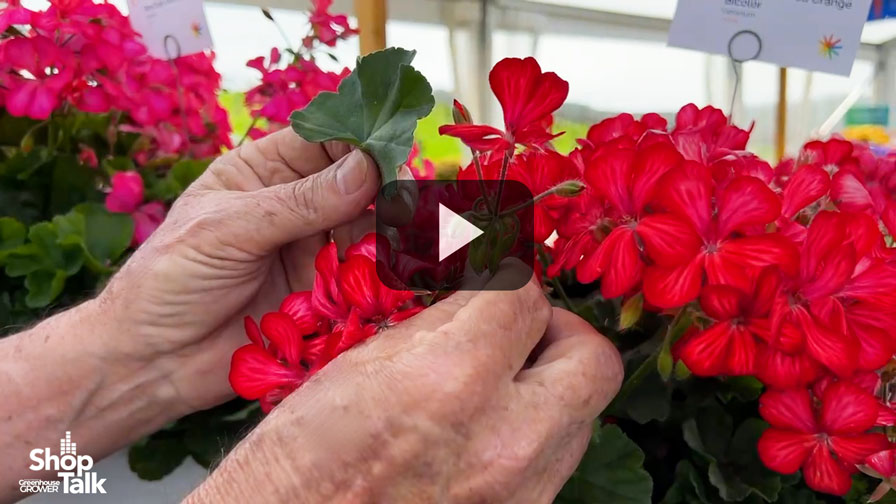Greenhouse Renovations at MSU Are Accelerating Plant Research
Before the ongoing process of greenhouse renovations taking place at Michigan State University, plant life, and its related research, were substantially affected by cold temperatures and weather brought on by harsh Midwest winters. The outdated research greenhouses on the MSU campus suffered from overworked heating systems, inefficient lighting fixtures, and leaking glass panes, among other problem areas.
Many of the staff, researchers, and units on campus soon recognized the inadequate research conditions presented by the state of the greenhouses and, collaboratively, identified key areas of concern to dedicated financial resources.
Chrislyn Particka, director of the Plant Science Research Greenhouse Facility says “MSU is one of the premier plant research institutions in the world, and to continue at that level we need infrastructure that supports world-class research. We can’t have situations like that where we can’t control the temperature much at all because it undermines the integrity of our research.”
One fully upgraded greenhouse was tested on Jan. 14, 2024, where the temperatures dropped as low as –4°F. However, the new climate control systems and temperature seals kept the inside consistent at 77°F during the day and 68°F overnight.
Many of the ongoing and planned updates were made possible by a higher education funding budget passed in July 2022 by the Michigan Legislature. Included in the budget was $53 million for updates to the on-campus greenhouse and dairy facilities of MSU.
“I can’t begin to express how much this means to MSU and even more importantly, how much the transformational research made possible by this infrastructure investment will benefit Michigan farmers, their futures and livelihoods,” said George Smith, director of MSU AgBioResearch, at the time of the budget passing.
Particka, along with Erik Runkle, a professor and MSU Extension specialist from the Department of Horticulture, and Tom Sharkey, a professor in the Department of Biochemistry and Molecular Biology, have been working closely to plan the upgrades to the campus facilities.
Referencing the outdated facilities, Runkle says “With 1960s technology, there’s so much that we have to consider. The components of the greenhouses don’t talk to one another very well, so you often see heating and cooling elements running simultaneously. But with updated facilities, we can focus on our research and not have to worry so much about the conditions on a day-to-day basis.”
Beyond planned upgrades to existing facilities, the additional funding from the state will allow for the demolition of old greenhouses and the construction of roughly 20,000 square feet of brand-new and upgraded greenhouse space. With much of the work funded internally through MSU completed, a groundbreaking ceremony for the start of state-funded work through the budget will take place at 1 p.m. on Friday, April 12, at the Farm Lane greenhouses on campus.
“As we break ground on the work funded by the State of Michigan, says Kelly Millenbah, dean of the College of Agriculture and Natural Resources, “We’re deeply grateful to the partners and friends who advocated for this investment.”
However, while progress on the renovations has been substantial, the team stresses that more funding still needs to be procured to completely upgrade the facilities. “Quite simply, we need additional funding to do more of what we’re doing now,” says Runkle. “We don’t have the resources to upgrade the greenhouses entirely, and that will leave some of our scientists continuing to use severely outdated technology and deteriorating structures.”
“Make no mistake, we are extremely thankful for the funding we’ve received thus far, but we’re not where we need to be to remain competitive on a national and global scale.”









